It will be the first time the Tour de France starts in Italy, and the climbers and hilly specialists can relish the challenge. Stage 1 covers seven categorized ascents on a route with 3,600 meters of climbing. The final climb is a 7.1 kilometres slog at 4.8% to San Marino, after which the riders descend to a flat run-in of 15 kilometres.
The 2nd stage looks promising for puncheurs with a fast descent. After a race featuring five short and sharp climbs, a 1.9 kilometres wall at 10.6% leads to the Sanctuary of San Luca. A 5 kilometres descent then precedes the final 4 kilometres on the flat.
Stage 3 kicks into gear in Piacenza to travel on virtual flat terrain to Turin. The race is 230.8 kilometres long.
The yellow caravan leaves Italy on the fourth day in a race to Valloire. Le Tour last visited the Alps ski station in 2019 at the end of a race which included the Col de Vars, Col d’Izoard and Col du Galibier. That day, Nairo Quintana turned out on top. The finale of stage 4 is the same, so with the Galibier preceding a descent to the line.
Stage 5 and stage 6 are expected to come down to a fast finishers showdown before stage 7 will be an ITT to Gevrey-Chambertin. Stage 8 is a demanding race with an endless succession of short hills, while gravel roads pep up the 9th stage with start and finish in Troyes.
Week 2
The first rest day will be spent in Orléans, which also hosts the start of stage 10. The riders head for Julian Alaphilippe’s birth place Saint-Amand-Montrond, end station of a wind swept echelon fest in 2013 (Mark Cavendish win). The 11th stage traverses the Central Massif for a Le Lioran finish, where Greg Van Avermaet won from the breakaway in 2016. The race takes in an elevation gain of 4,200 metres.
Stage 12 and stage 13 are also hilly, although the routes are not as tough as the race to Le Lioran. Stage 13 is expected to come down to a class of sprinters with a strongmen skillset. The likes of Philipsen.
The Pyrenees will be included at the end of the second week. Le Tour arrives on Friday at the base of the mountain range, in Pau, and the first mountain top finish – stage 14 – is set at the Pla d’Adet. The 10.2 kilometres climb at 8.3% was last included in 2014. That day, Rafal Majka climbed to victory from the breakaway.
Bastille Day coincides in 2024 with the 15th stage of the Tour de France. The riders travel from Loudenvielle to Plateau de Beille, an ascent of 15.8 kilometres at 7.9%, which debuted on La Grande Boucle in 1998 (Marco Pantani win) and was last present in 2015 (Joaquim Rodriguez win).
Week 3
Stage 16 will be a race to Nîmes, where Nils Politt won from the breakaway in 2021 and Caleb Ewan sprinted to triumph two years before that. The Alps are then set to return in the 17th stage with an uphill finish in ski station Superdévoluy. Stage 18 – Gap to Barcelonette – and stage 19 – Embruno to Isola 2000 – also take place in the Alps. The Isola 2000 finish will be preceded by the highest paved through road in Europe, Cime de la Bonette, as was the case in 1993.
The Tour de France is in the Provence in the final weekend. The Champs-Élysées finish does not happen in 2024, as the Olympic Games are held in the same period. For a change, an ITT from Monaco to Nice will wrap things up. The penultimate stage looks very enticing, too.
The riders are to tackle three intermediate climbs in the 20th stage – Col de Braus (10 kilometres at 6.6%), Col de Turini (20.7 kilometres at 5.7%), Col de la Colmaine (7.5 kilometres at 7.1%) – before finishing at the Col de la Couillole (15.7 kilometres at 7.1%). The 2023 edition of Paris-Nice saw a finale on the Couillole and Tadej Pogacar took the spoils. The double Tour de France winner outsprinted David Gaudu and Jonas Vingegaard.
The 2024 Tour de France serves an ITT on the last day of action. The riders set off from Monaco to enter the mountains. Firstly, they climb to La Turbie (8.1 kilometres at 5.6%) and after descending to Èze, the Col d’Èze is tackled on the steepest side (1.6 kilometres at 8.1%) before the last kilometres plunge down towards the Côte d’Azur.
Tour de France 2024: route, profiles, more
Click on the images to zoom

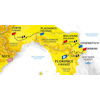
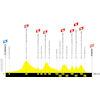
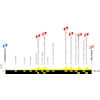
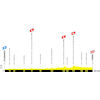
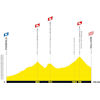
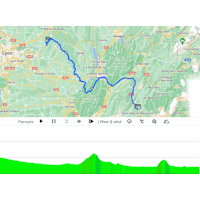
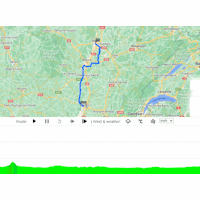
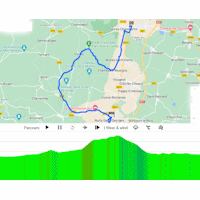
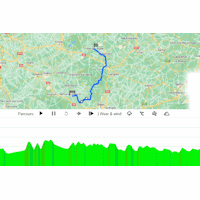
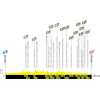
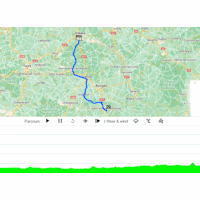
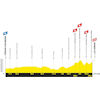
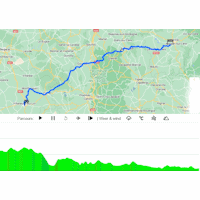
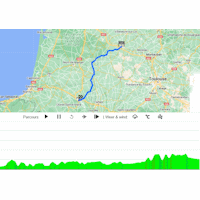
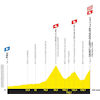
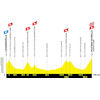
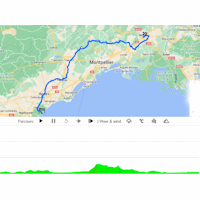
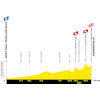
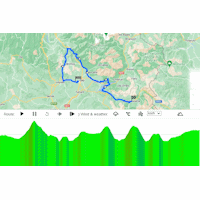
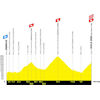
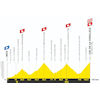
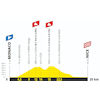



Can’t wait!!
Love this event. I look forward to watching it every year on TV!